Articles & Interviews Archive
- Yippies remember when they ran a pig for president - Story at SFGate.com by Leah Garchik - 9/3/18
- 'Violence Was Inevitable': How 7 Key Players Remember the Chaos of 1968's Democratic National Convention Protests - Story at Time.com by Olivia B. Waxman - 8/28/18
- Pigasus for President - Story on BBC Radio by Sarah Geis - 8/20/18
- Judy on the Chicago Protests 1968 (also appears at the Boston Globe) - (download in pdf format) - 6/6/18
-
Celebrating the March
& Levitation of the Pentagon - Washington D.C., Oct. 20 & 21, 2017
"...[a] terrific piece" - Jeffrey St. Clair, Counterpunch editor - (also appears at Counterpunch) - 10/24/17 - Feature in Leah Garchik's SF Chronicle Column (also appears at SFChronicle.com) - 9/3/17
- Political Free Love in the Fall of 1967 (appears at the official 50th Anniversary of the Summer of Love site, presented by the California Historical Society & San Francisco Travel)
- INTERVIEW with Spanish Magazine La Felguera Editores - 12/28/16
- INTERVIEW: Yesterday Into Today: Protests at the 1968 Democratic National Convention: An Insider's Look - 5/24/16 (also appears on The Independent)
- May Day Road Trip: 1968 - 2016 - 5/24/16 (Counterpunch)
- "Celebrating the 50th anniversary of the '60s underground press. Part I: The 'Barb' reunion," by Ken Wachsberger - 11/5/2015 (The Rag Blog)
- Lefties come home for reunion of Berkeley Barb underground paper - 8/13/2015 (SF Chronicle)
- "Back to Vietnam" - 1/13/2014 (also appears on Counterpunch)
- Bringing It All Back Home - On Writing "Bugged" - 4/21/2013 (also appears at The Rag Blog)
- Interview with Judy Gumbo Albert by Jonah Raskin - 4/17/2012 (The Rag Blog)
- "Past Seeds the Present at Oakland General Strike" - 11/3/2011 (also appears at The Rag Blog)
- "Gun Show After Tucson" - 1/25/2011 (also appears at The Rag Blog)
- "The More Things Change..." - 10/13/2010 (also appears at The Rag Blog)
-
"My Body, My Story." - 6/20/2009 (appears in On the Issues magazine and The Rag Blog)
- "Peoples' Park and Our Sixties Legacy" - 4/29/2009 (also appears at The Rag Blog)
- "It's 'Celebrate 60s Radicals' Week!" - 4/22/2009 (also appears at The Rag Blog)
-
CAPBOM Revisited - 9/1/2008
- "The Battle of Chicago" - 8/28/2008 (also appears on Counterpunch)
- "What Were Those 1960s Terrorists Thinking, Anyway?" - 1/25/2008 (Counterpunch)
- Open Fire: The FBI's History Lesson - November 1976, Crawdaddy Magazine
- Brave New Life: How Stew and I Met
- The FBI Greek Chorus
- Red Diaper Yippie
- Al Hayt by Stew Albert and Judy Gumbo (The Open Siddur Project)
Books Archive

Times They Were A-Changing: Women Remember the 60s and 70s
Edited by Kate Farrell, Linda Joy Myers & Amber Lee Starfire; She Writes Press, 2013.
Available on Amazon.
These forty-eight powerful stories and poems etch in vivid detail the breakthrough moments experienced by women during the life-changing era that was the '60s and '70s. And finally, here, they tell it like it was. Their stories range from Vietnam to France, from Chile to England, from the Haight-Ashbury to Greenwich Village, and from the Deep South to the Midwest. They write of cultural reverberations that reached into farm kitchens and city "pads," from coffeehouse jazz clubs to psychedelic rock concerts. This inspiring collection celebrates the women of the '60s and '70s, reminds them of the importance of their legacy, and seeks to motivate young women today.
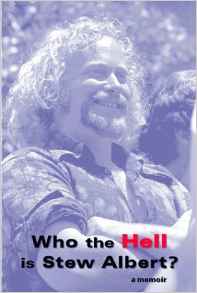
Who the Hell is Stew Albert?
Stew Albert; Red Hen Press, 2004.
Available on Amazon. Signed copies are available from Judy.
Stew Albert is an almost-nice Jewish boy who grew up in Brooklyn between World War II and the Cold War. Many of us remember hiding under desks during practice nuclear attacks, but Stew remembers the brass pail in his vestibule filled with white sand in case the Japanese bombed his house and there was a fire. Yes, Stew grew up very bored in Brooklyn-and got out in a hurry. His was the unspectacular childhood of a not-especially-promising kid. He wasn t good at punch ball, spelling, math, geography, or kick-the-can; although he did have some surprising skill swinging a stick at a spaldeen. He wasn t particularly popular nor was he disliked he was invisibly normal. He did, however, have one very distinguishing characteristic: he was, and still is, a very blond Jew.
Stew frequently daydreamed about outlaws and tough guys, as did his father, who worked as a city clerk for fifty years. By all rights, Stew should have followed in his old man's footsteps. But instead, we find a young man stoned and hanging-out, in bed with John Lennon and Yoko Ono, shvitzing in the Luxor Turkish Baths with Abbie Hoffman and Jerry Rubin, drunk in Santiago, Chile with Phil Ochs and blasted with Allan Ginsberg on a manic drive through San Francisco s hills. An alert CIA agent would have easily recognized our former loser on an Algerian beach acid-tripping with Timothy Leary. Can this childhood mediocrity-outstanding only for his hair color-be the same guy showing off his Chicago riot head wounds to William S. Burroughs? Can it be him amidst the chaotic siege on the Pentagon in 1967, giving a speech to the 82nd Airborne about the Lone Ranger? How did this putz kid reinvent himself? Instead of taking a civil service test, he started taking his daydreams seriously. But why? It must have been the sixties-that brief period of time when everything seemed possible and the future was up for grabs...
Stew frequently daydreamed about outlaws and tough guys, as did his father, who worked as a city clerk for fifty years. By all rights, Stew should have followed in his old man's footsteps. But instead, we find a young man stoned and hanging-out, in bed with John Lennon and Yoko Ono, shvitzing in the Luxor Turkish Baths with Abbie Hoffman and Jerry Rubin, drunk in Santiago, Chile with Phil Ochs and blasted with Allan Ginsberg on a manic drive through San Francisco s hills. An alert CIA agent would have easily recognized our former loser on an Algerian beach acid-tripping with Timothy Leary. Can this childhood mediocrity-outstanding only for his hair color-be the same guy showing off his Chicago riot head wounds to William S. Burroughs? Can it be him amidst the chaotic siege on the Pentagon in 1967, giving a speech to the 82nd Airborne about the Lone Ranger? How did this putz kid reinvent himself? Instead of taking a civil service test, he started taking his daydreams seriously. But why? It must have been the sixties-that brief period of time when everything seemed possible and the future was up for grabs...
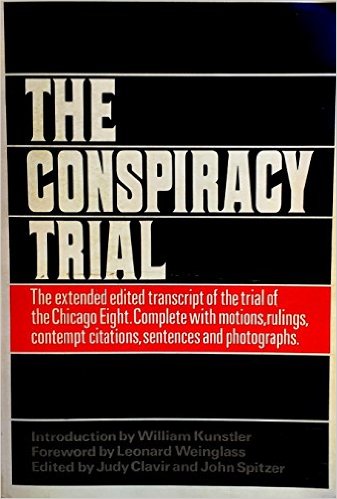
The Conspiracy Trial
Edited by Judy Clavir and Spitzer, John, Eds. 1970 (Out of Print).
Available on Amazon.
The extended edited transcript of the trial of the Chicago eight.




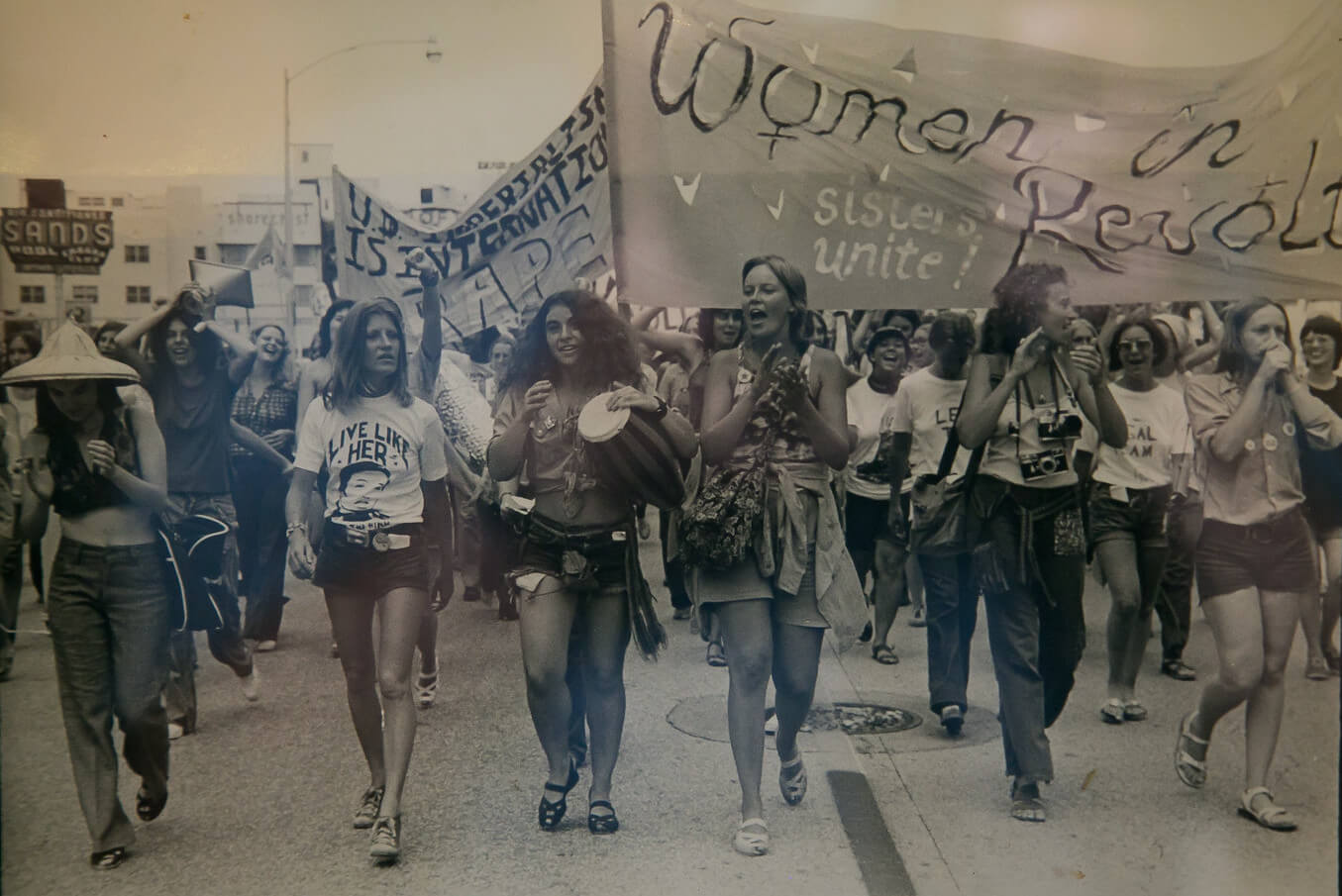
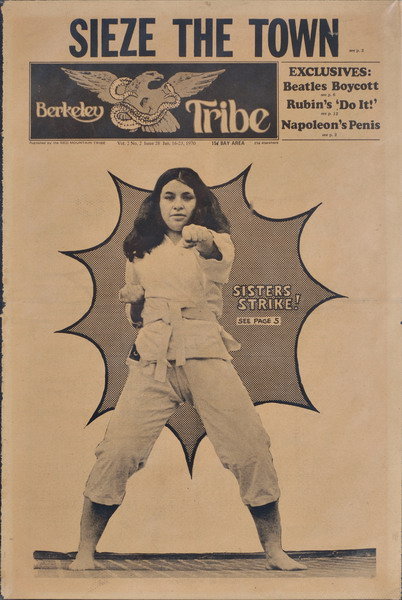
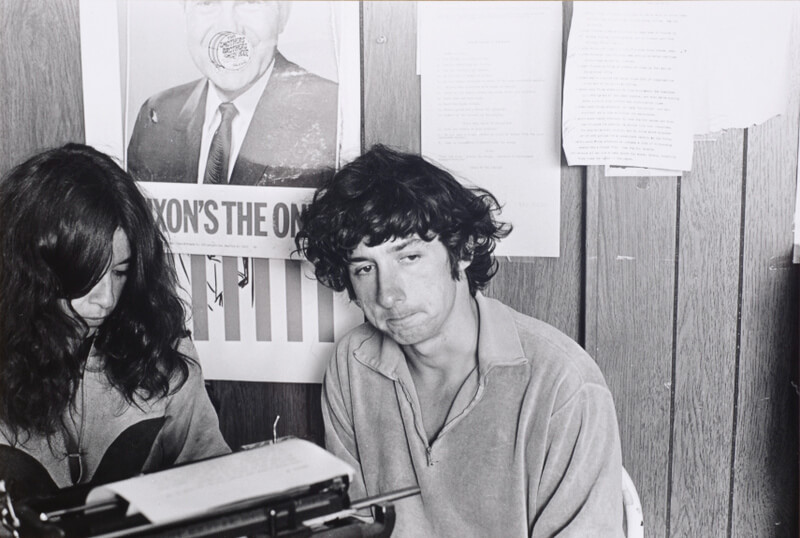 Tom Hayden (1939-2016)
Tom Hayden (1939-2016) Back to Articles and Books
Back to Articles and Books